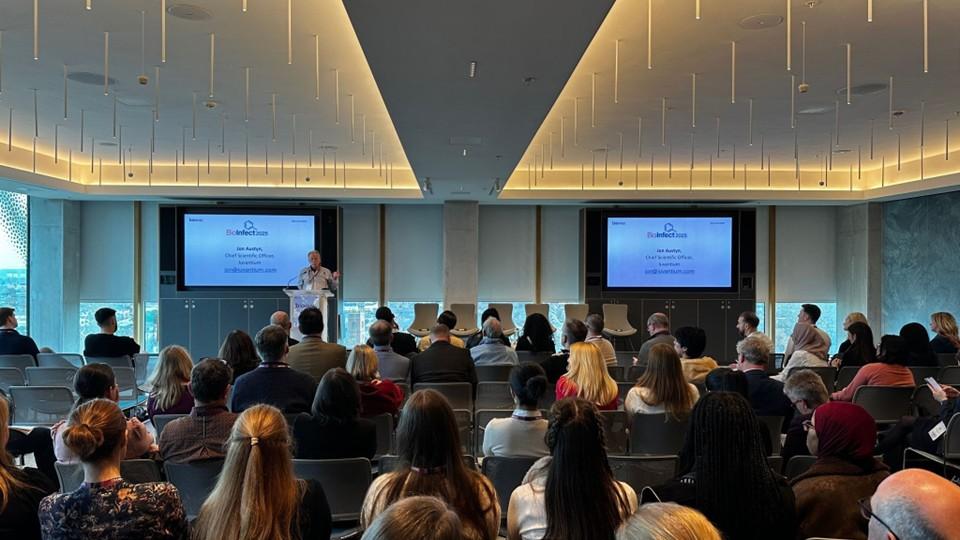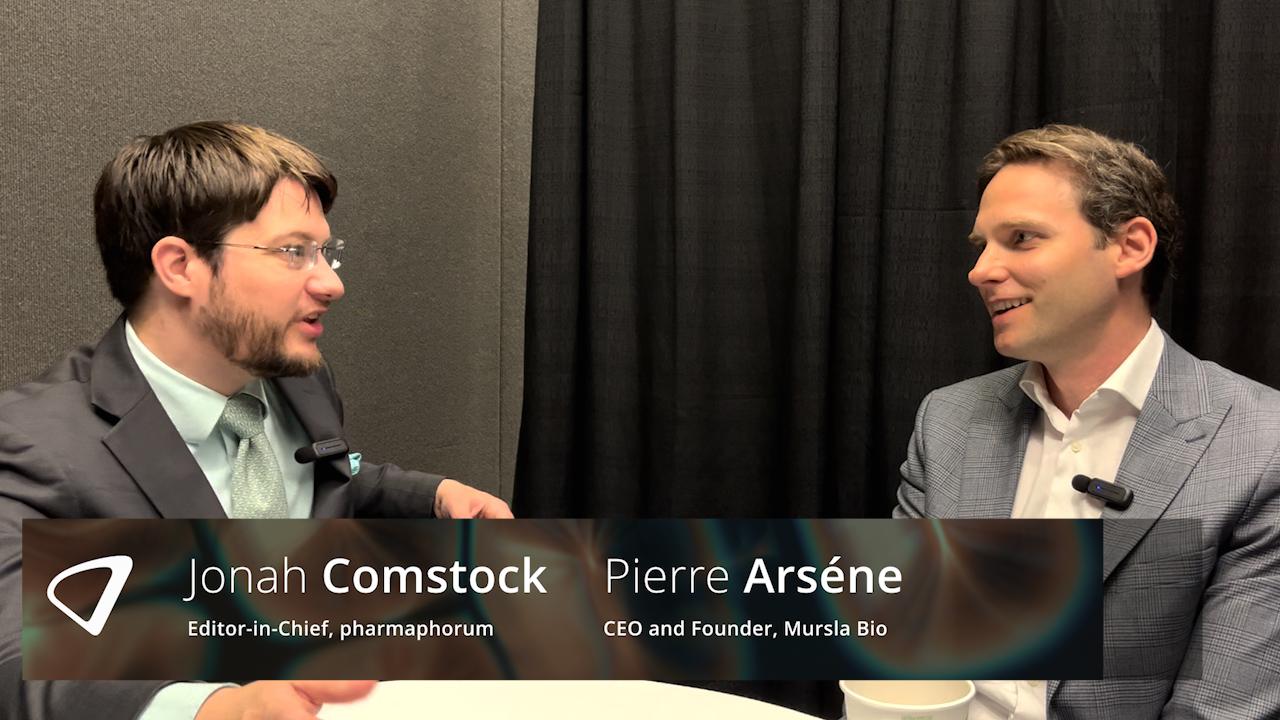Epizyme's sarcoma drug tazemetostat faces key vote from FDA advisers

Epizyme’s sarcoma drug tazemetostat is set to go before an influential FDA advisory committee today, following a mixed review from the agency’s own staffers.
In a briefing document published ahead of the meeting of the Oncologic Drugs Advisory Committee (ODAC), FDA staff reviewers said that the “major issue” for the committee was whether the low response rates seen in two cohorts outweighed the risks associated with the drug.
Following the vote, the FDA has until January 23rd to make a decision and although the ODAC’s vote will not be binding, the regulator rarely goes against its advisers when it makes decisions on drugs.
Going in favour of tazemetostat is the lack of competition – Epizyme is seeking approval in metastatic or locally advanced epithelioid sarcoma where surgery is not an option, a disease that tends to be found in younger patients.
There are only two other drugs approved for use here – Novartis’ Votrient (pazopanib) and the old chemotherapy dozorubicin are licensed in a wider patient group that includes the narrower indication targeted by Epizyme.
The FDA is always keen to approve in situations such as this to give doctors another treatment option, but could the overall response rate of only 13% in a total of 106 patients be enough to convince the committee?
In each group of 62 and 44 patients respectively there were only two complete responses and 12 partial responses.
In terms of side-effects the FDA concluded that tazemetostat is well tolerated – the most common adverse events were pain, fatigue, nausea, decreased appetite, vomiting, and constipation.
A total of 48% of patients experienced a Grade 3 or 4 adverse reaction: the most common were anaemia (13%), pain and decreased weight (7%), and three (4.8%) patients each with haemorrhage, decreased appetite, dyspnea, and pleural effusion.
There were no fatal adverse events associated with the drug, and although 34% skipped doses because of toxicity, dose reductions and continuations from toxicity were rare.
But an important factor to consider is the risk of secondary malignancies - in the pooled safety population of 725 adults and paediatric patients with solid tumours or haematologic malignancies, six (0.8%) patients developed secondary myelodysplastic syndrome (MDS), acute myeloid leukaemia (AML), or T-cell lymphoblastic lymphoma (T-LBL).
The issue also came up in rat studies and last year the biotech had to put trial recruitment on hold when a young patient developed secondary T-cell lymphoma.
With one analyst, Jefferies’ Michael Yee, giving the drug only a 20-25% chance of success, Epizyme will have one eye on follicular lymphoma, a larger indication where tazemetostat is in mid-stage development and could be worth more than $500 million a year.













